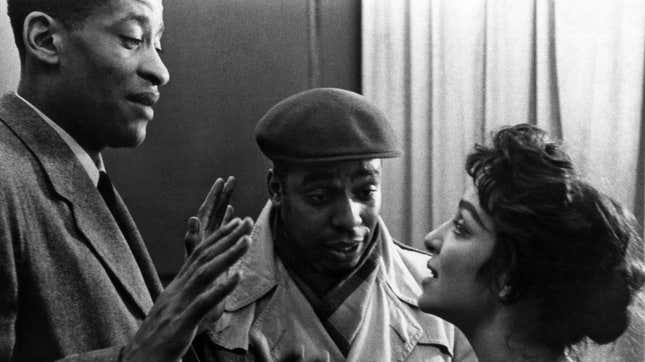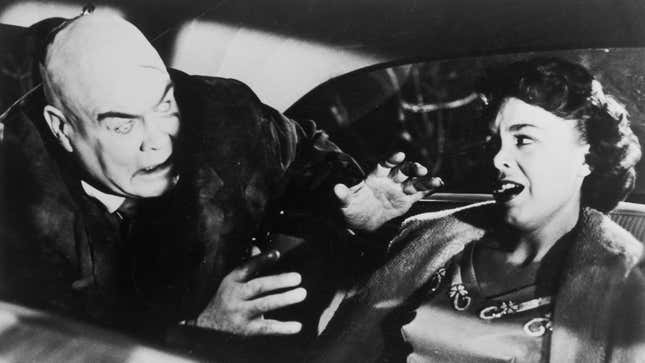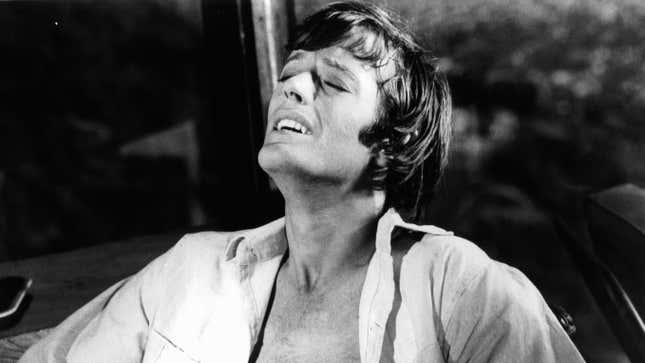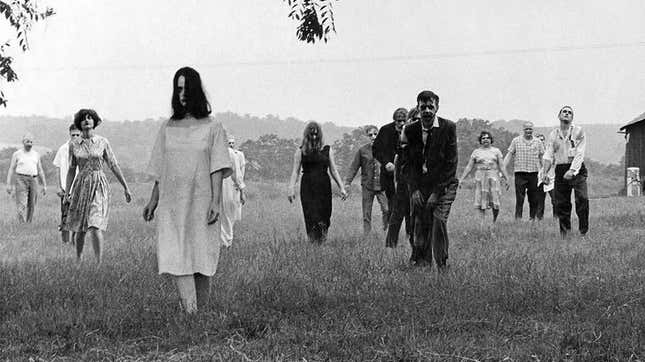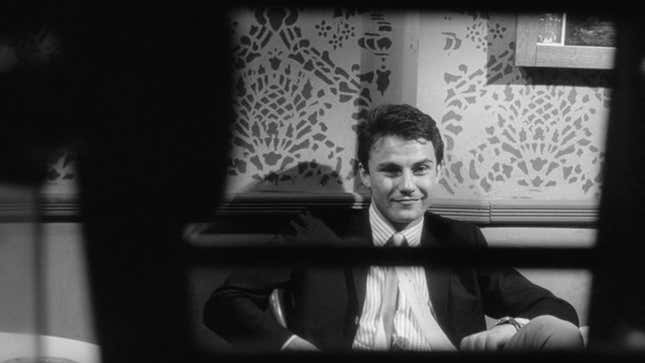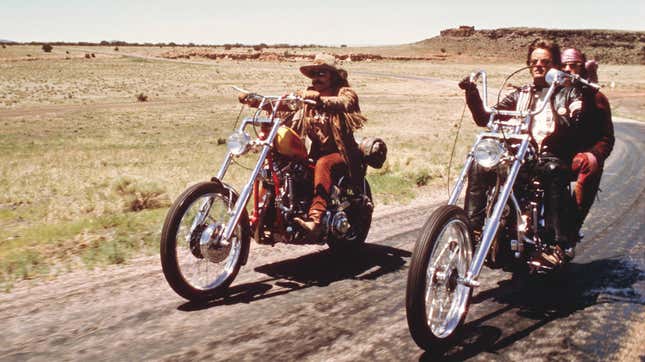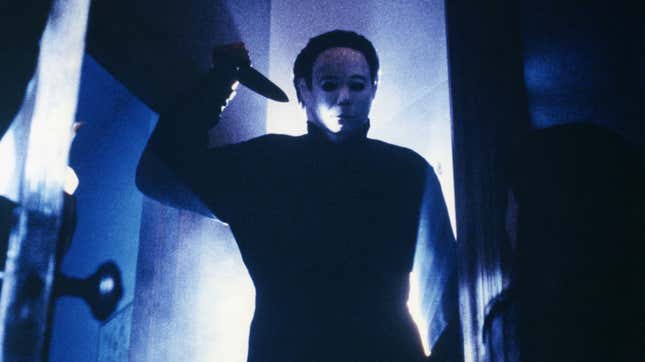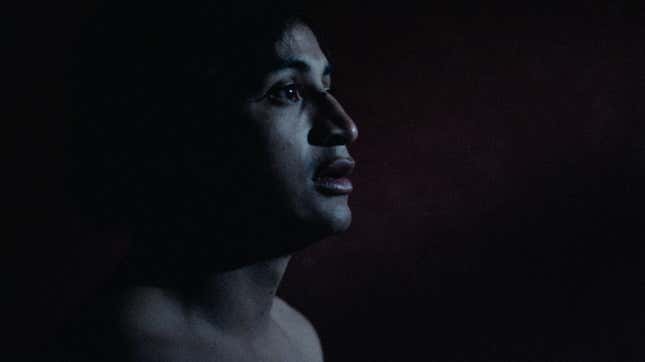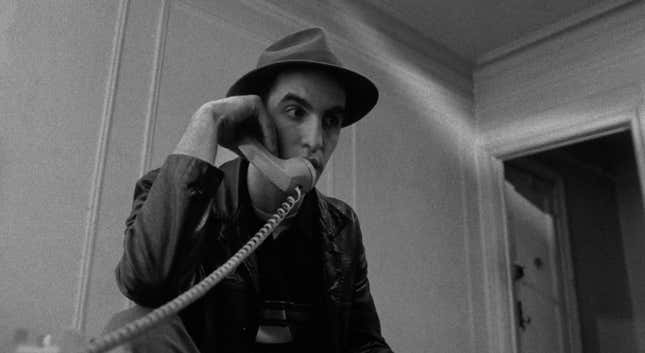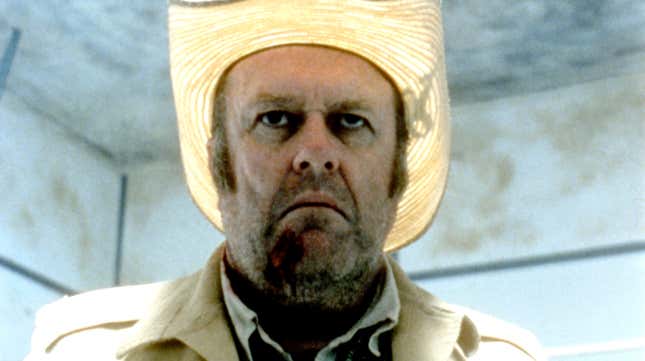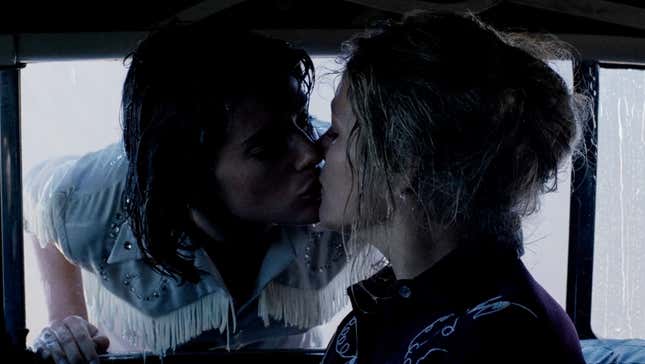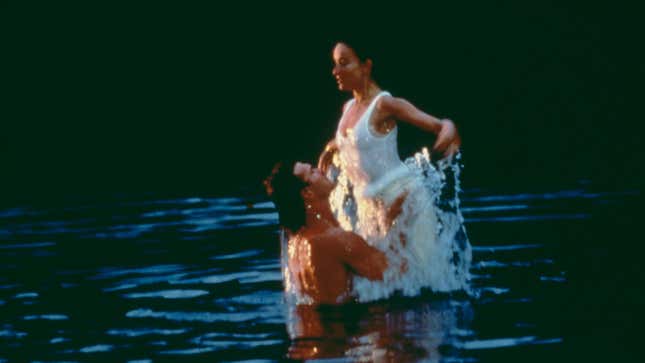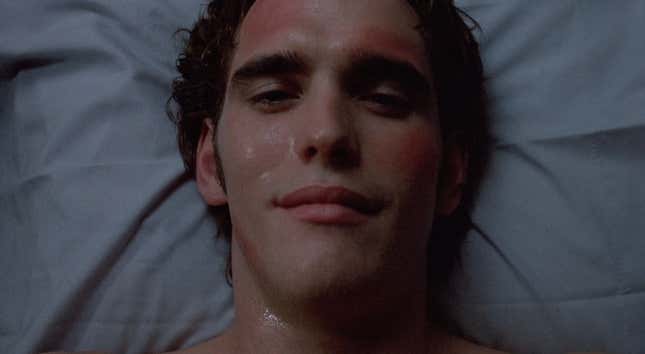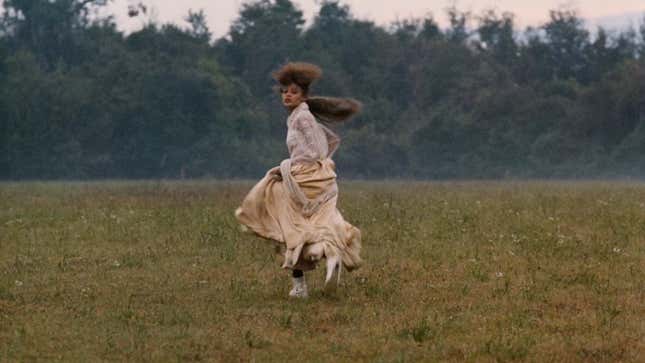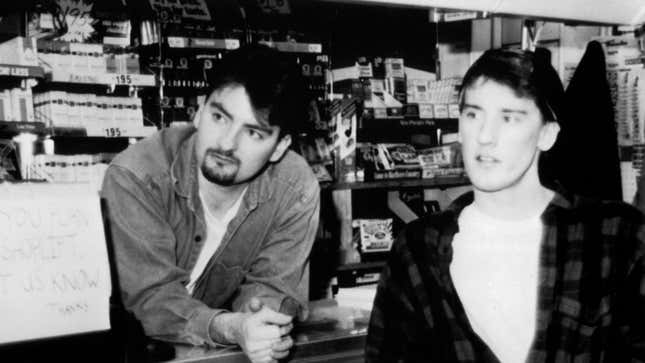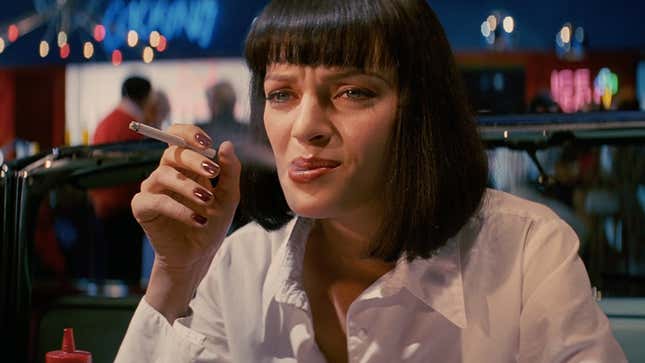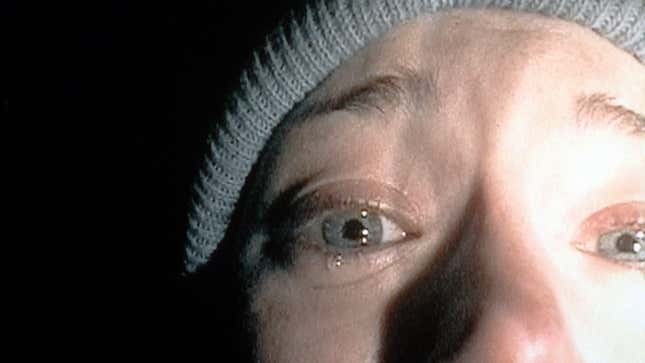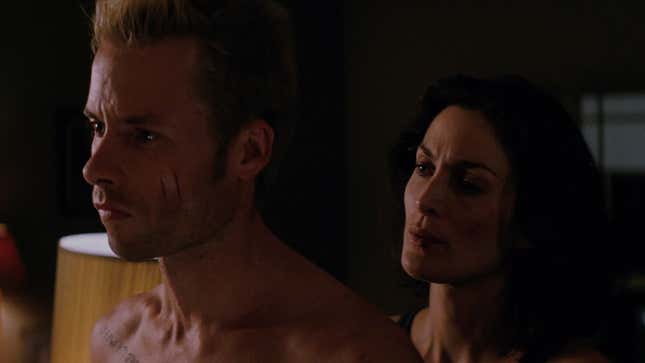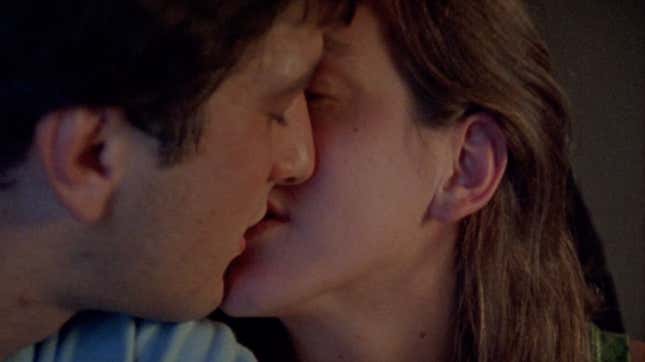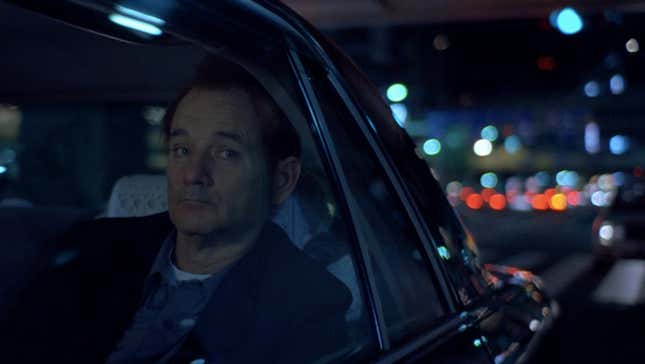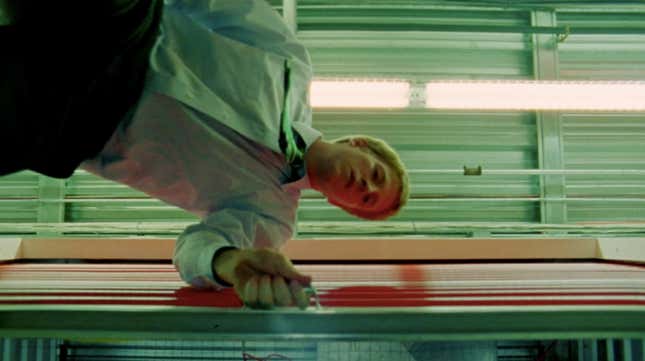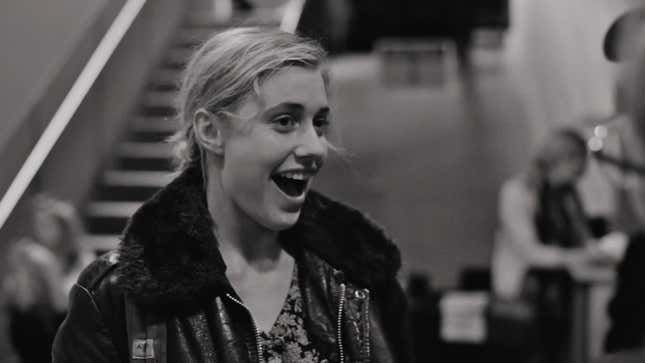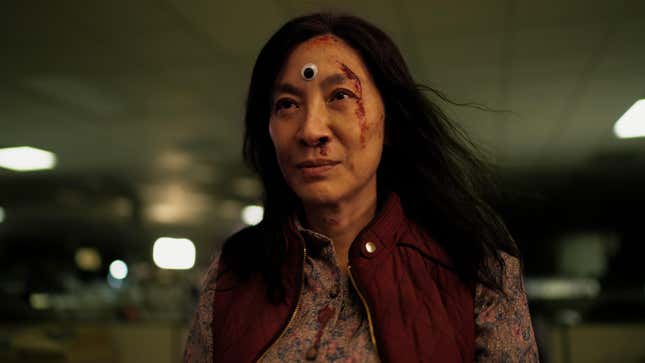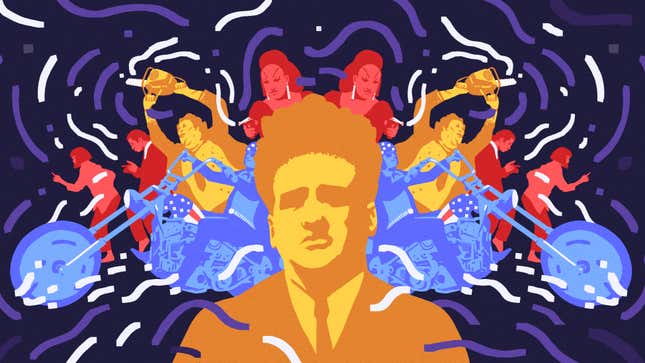
What makes an independent film? The question has never had a straightforward answer, and the cultural criteria that define an indie has changed over the decades. But by and large, it has always been something that couldn’t have been made within the Hollywood system. In our attempt to assemble a list of the most important American indies, we have included works by mavericks, film school grads, and true outsiders; productions with multimillion-dollar budgets and labors of love financed through part-time jobs; movies that played the arthouse, the grindhouse, or barely anywhere at all.
Some were massive box office hits, while others languished in obscurity for decades. Not all of our selections would rank among the best American independent movies ever made. Instead, the films on this list are the ones that broke new ground, created genres, or first introduced important artistic voices and subjects into American film.
While there have always been independent filmmakers and independently made films, for our purposes the American indie movement began in the 1950s. This is why we’ve decided to start our list with Morris Engel’s Oscar-nominated landmark Little Fugitive. We have also excluded documentaries (but not docufiction hybrids), entirely experimental movies, and any films that were directly financed with studio money (though not films that were subsequently distributed by major studios). And though the decisions have often been difficult, we have limited ourselves to just one film per director.
This list was last updated on July 1, 2022.
